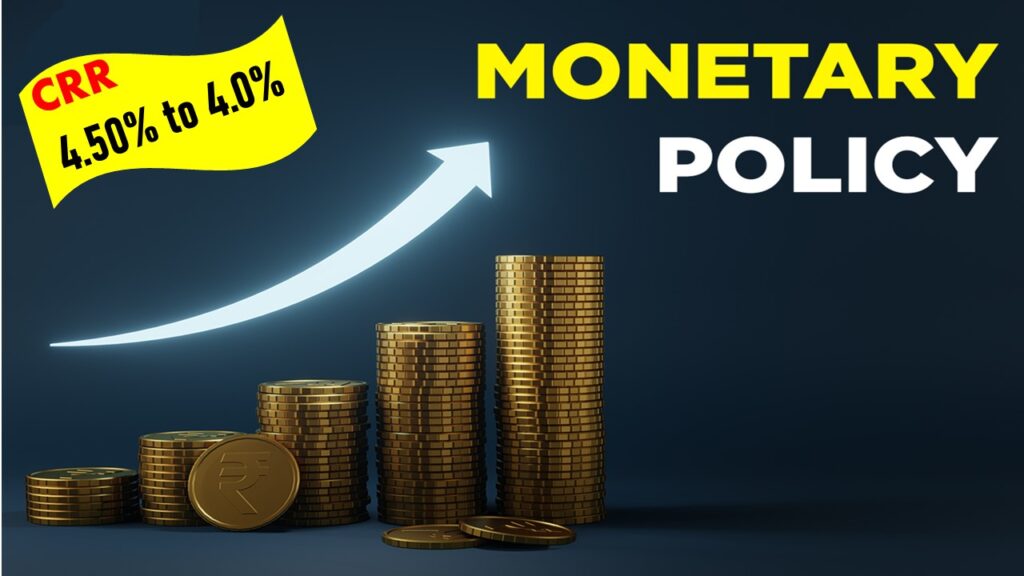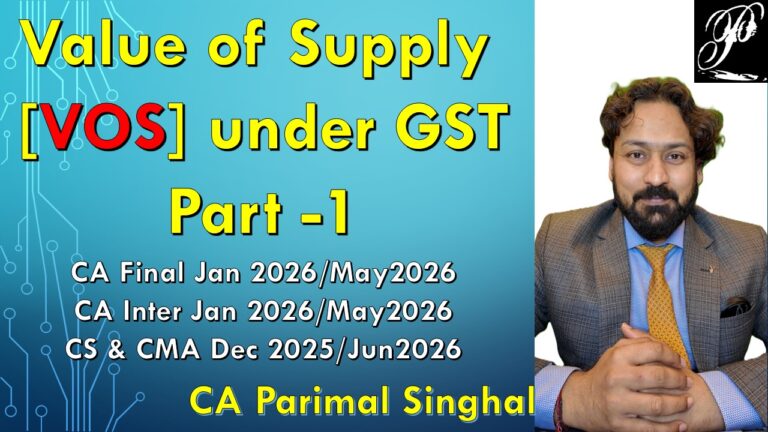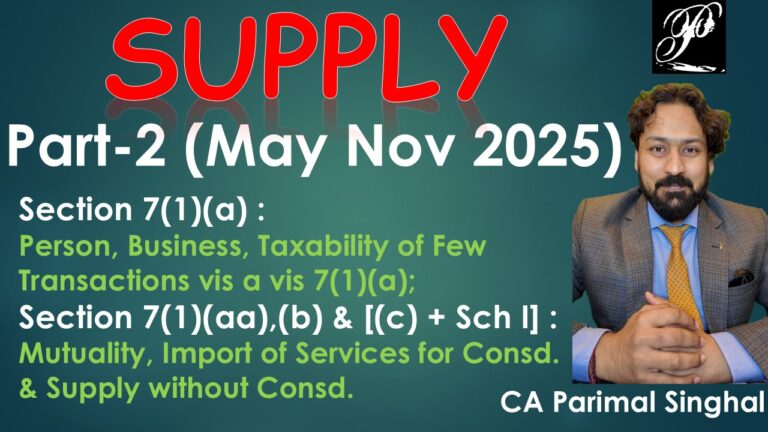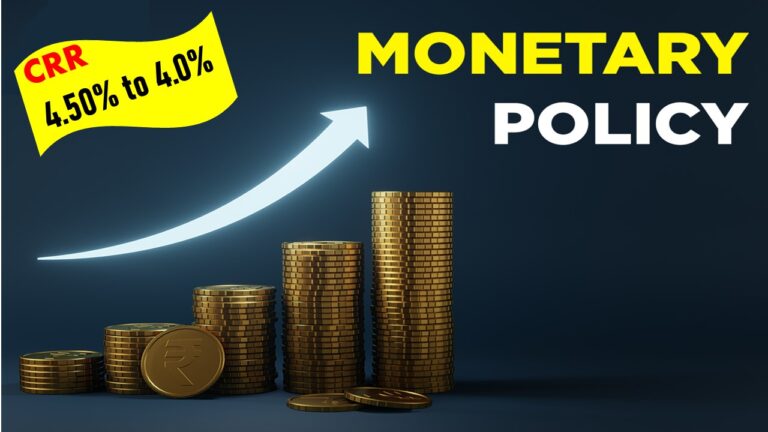RBI Monetary Policy – CRR Slashed & Repo Intact

The Reserve Bank of India (RBI) uses monetary policy to regulate the money supply, interest rates, and credit in the economy. The RBI’s monetary policy aims to achieve macroeconomic objectives such as: price stability, employment generation, inflation control and sustainable economic growth.
The RBI’s monetary policy is often separate from fiscal policy, which deals with taxation, government spending, and borrowing.
Here are some details about the RBI’s monetary policy:
Types of monetary policy
There are two types of monetary policy: Contractionary and Expansionary. Contractionary policy decreases the money supply, while Expansionary policy increases it.
Monetary Policy Committee (MPC)
The Monetary Policy Committee (MPC) fixes the benchmark policy rate i.e. repo rate to control inflation.
It also controls the CRR to maneuver the cash flow and in turn the liquidity in the economy.
2 Main Tools of Monetary Policy are :
- CRR : The Cash Reserve Ratio (CRR) controls the availability of Cash with the Banks. It is a % of Net Demand & Time Liabilities (NDTL). It requires the Banks to keep a fixed % of the deposits collected (from public at large and other concerns) with RBI so as to curtail their ability to distribute 100% of the collections.
When the RBI decides to infuse more liquidity into the economy it slashes down the CRR entailing more funds with the banks to give loans from and vice versa.
Currently CRR stands at 4.50%.
Since (in December 2024) the FY25 GDP growth rate forecast has been reduced to 6.60% from 7.20% by RBI, there was a need to infuse liquidity in the economy to push demand up and entail an aligned supply framework so as to give a boost to the gross production and GDP growth.
Thus, RBI (as announced in the Statement on Developmental and Regulatory Policies dated December 06, 2024) has been decided to reduce the Cash Reserve Ratio (CRR) of all banks by 50 basis points in two equal tranches of 25 basis points each to 4.00 % of Net Demand and Time Liabilities (NDTL). Accordingly, banks are required to maintain the CRR at 4.25 % of their NDTL effective from the reporting fortnight beginning December 14, 2024 and 4.00 % of their NDTL effective from fortnight beginning December 28, 2024. Note that 100 basis points constitute 1%.
2. Repo Rate : The Policy or Repo Rate is a tool which directly controls the Inflation in the economy. This is the Rate at which the RBI (the Banker of Banks) lends money to all the Banks. The Commercial and other banks use the Repo rate as a base to determine their Lending Rates by adding Margins to the Repo Rate.
Hence whenever RBI reduces the Repo rate the banks across the country pass on the benefits to the borrowers by offering loans at a cheaper interest rate enabling the public at large to add more items to their food, home and luxury basket.
There is inverse co-relation between Repo rate and the Inflation. As the Repo rate is lowered by RBI the purchasing power of the public at large as well as the business units shoot up (since they get loans at lesser interest rate). Such increased purchasing capability leads to buying spree in the economy which in turn pressurizes the Demand side and contributes to an upward push in the inflation (e.g. in CPI i.e. Consumer Price Index) as higher demand leads to higher prices of goods and services.
If RBI intends to curtail inflation it enhances the Repo rate and vice versa.
At present the Repo rate rests at 6.5% and Inflation is around 6% mark in India which is expected to drop to 4.50% mark by February 2025. The RBI is anticipated to curb the Repo rate to balance the reduced inflation.
Click here to download the RBI Notification DoR.RET.REC.53/12.01.001/2024-25 dated December 06, 2024 slashing CRR to 4.00%





Nice article ! CRR and Repo rate explained very well…..Please make more such articles for us.